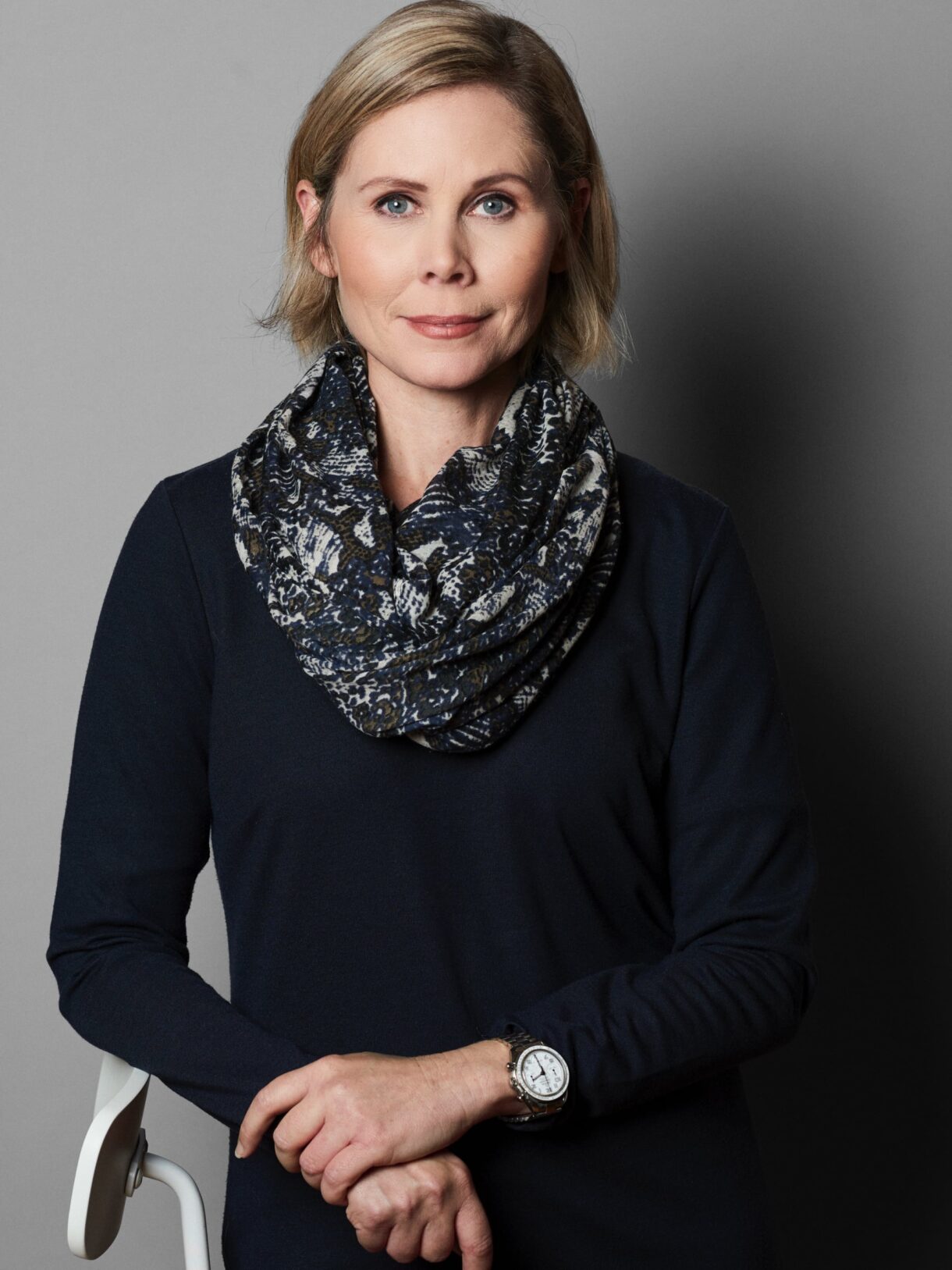
“Our people must be able to identify hazards and evaluate risk”
Absolut Vodka aims to be at the forefront of health and safety standards when it comes to the wine and spirits industry. As such, it is dedicated to improving training at every level of the company, from operators to managers to safety representatives. Its training not only focuses on rules and procedures but aims to foster a safety-first culture by engaging its people with messages that resonate. Dainius Januskevicius, Health & Safety manager at Absolut Vodka explains how training presentations are instilling a safety-first culture among workers.
My Swedish is not perfect,” admits Dainius Januskevicius, Health and Safety Manager, adding: “That’s why I’m avoiding large blocks of text in my presentations so we can get to the heart of our people in other ways. After all, making an impact is the whole point of our training.”
During January, Dainius wanted to highlight how a pair of spikes or shoe studs reduces the risk of slipping and falling, given Sweden was experiencing a particularly cold winter. “We gave a presentation, which included a slide of a picture of a shoe with double spikes. That’s what those who attended remembered most. People now come up to me and say less text and more pictures please!”
The crocodile is a hazard because it always has the potential to cause you harm
Absolut Vodka has a comprehensive three-year health and safety roadmap in place that consists of action plans, audits and targets – and a vision for zero LTAs (Lost Time Accidents) by 2025. However, the main emphasis of the strategy is to create a culture of safety, whereby health and safety are second nature to employees. At the heart of the strategy is a Care by Learning programme, which follows three golden rules: for everyone to look out for one another; to stay focused on the task at hand; and to take personal responsibility. It encompasses seven modules, of which five have been completed – hazard recognition, near-miss reporting, risk assessment, care visits, and care for you. To date, employees have taken part in intensive workshops run by nominated trained safety champions (who also undertake care visits to support and reinforce the training on the shop floor).


In last year’s S&R Yearbook, Dainius recalled an anecdote about the so-called Cobra effect, which described how an attempted solution to a risk can make the problem worse, and why numbers don’t tell the whole story. This year, in keeping with the reptile theme, he highlights how crocodiles have been helping his team conjure safety messages that resonate with staff and have a lasting impact.
“Not everyone understands the difference between a hazard and a risk. We have a presentation slide with a picture of a crocodile that asks the question whether it is a hazard or a risk. The answer? The crocodile is a hazard because it always has the potential to cause you harm. However, the risk is the actual likelihood of it causing you harm. So, if I am looking at a crocodile in a zoo, the risk is minimal but if I approach it in the wild, the risk is very high,” says Dainius.
Dainius admits that the Crocodile Principle sounds like an easy concept, but he says that is not always the case. He adds: “We want our employees to be able to identify hazards, evaluate their risk and consider whether they can be eliminated. If we come across a hazardous chemical, for example, we need to evaluate its risk. While removing it from the workplace completely is the best outcome, this may not be possible. So, at first, we need to think about how we can mitigate the risk, say with masks and goggles.”
The crocodile slide also serves as an audit trail. “If one of our safety champions is on the shop floor, they can ask workers to spot any crocodiles. If they don’t know what they are talking about then you can safely assume they haven’t had the training,” he adds.




Building a safety-first culture
The easy-on-the-eye and engaging training modules are beginning to influence behaviour. Gradually, people are looking for hazards and asking themselves what to do next, rather than ignore them. When risk assessments are carried out, workers are starting to use the same language from the modules – the word, crocodile, frequently crops up. More workers report potential risks to supervisors, while some are proactively looking for solutions.
We need to find ways to introduce the crocodile into our mental health workshops. Stress affects people differently – what stresses one person may not affect another.
“We recently had a situation where some co-workers saw a risk with a forklift in a pedestrian area. They fixed it with barriers and chains without waiting for a supervisor to deal with the situation,” said Dainius. “That for me was a ‘wow’ moment as it suggests that people are not only thinking about health and safety more, but they are wanting to address issues firsthand.”
While the initial focus of the roadmap was physical safety, over the coming months more attention will be paid to mental well-being. Not only will this be for co-workers, but it will aim to empower managers to spot whether one of their team members needs support. “Our people need to understand that it’s okay to be open about any issues that they have, but managers need to be aware of the signals and ask themselves what they can do to help,” says Dainius. “We need to find ways to introduce the crocodile into our mental health workshops. Stress affects people differently – what stresses one person may not affect another.”

